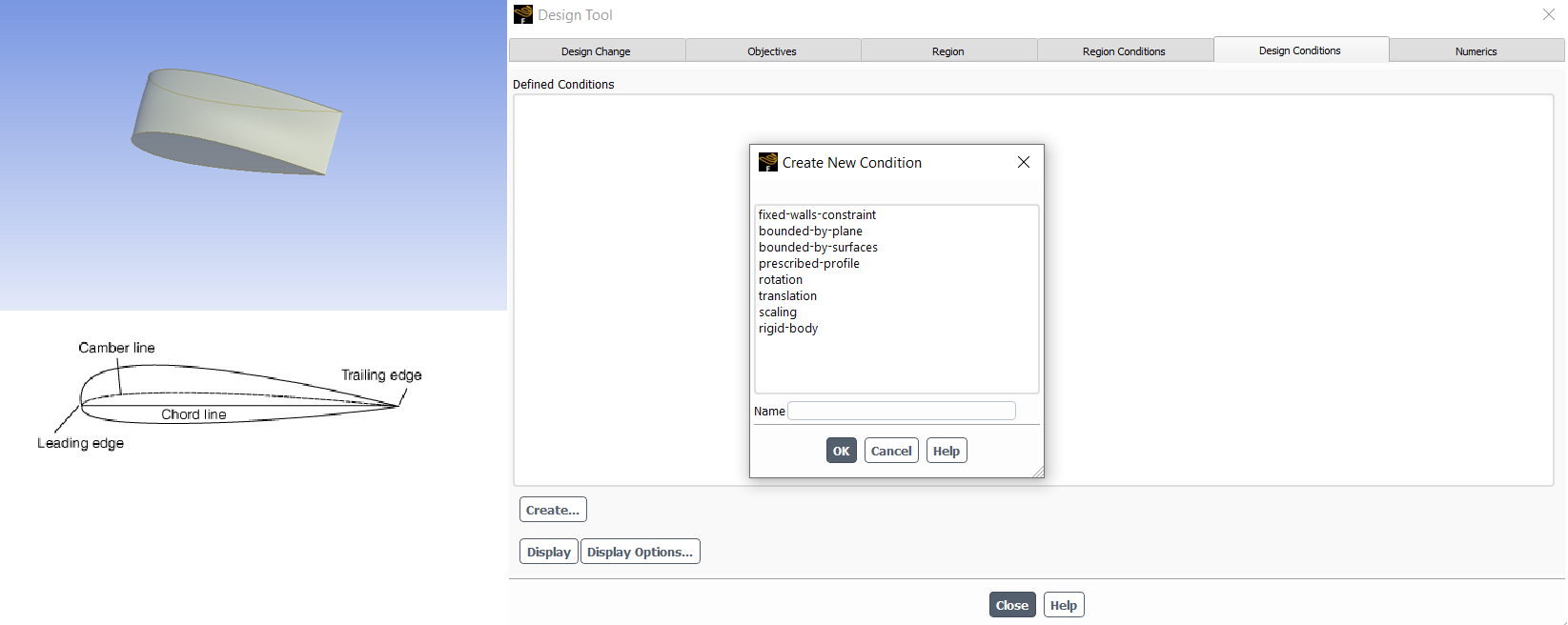-
-
August 30, 2023 at 5:08 am
Clifford Omonini
SubscriberPlease I am trying to use adjoint optimization for mass flux variance. The flux variance is reducing normally but no significant changes is observed after the simulation. I don't know why? Does the bounds have something to do with this?
-
August 30, 2023 at 12:43 pm
Amine Ben Hadj Ali
Ansys EmployeeHello,
according to the first part of your second sentence the variance is reducing. That is a change of your simulation. What other changes are you expecting?
Please explain your question in more detail that we can understand your steps and which part gives unexptected results.
-
August 30, 2023 at 2:00 pm
Clifford Omonini
SubscriberI am trying to reduce variance to enhance flow uniformity at the outlet. But when I plot the graph for outlet velocity after the optimization, it is same with the previous one before optimization.
-
August 30, 2023 at 2:01 pm
Clifford Omonini
SubscriberAlso when I try to combine mass flux variance and pressure drop as observables using linear combination, only the variance reduces but pressure loss does not.
-
August 31, 2023 at 6:20 am
Amine Ben Hadj Ali
Ansys EmployeeIt is hard for us to provide assisstance without looking into to the case and doing some more invetigat work. Moreover as Ansys Employee, we do only provide high level guidnace on this forum.
There is no guarantee that both components of a compound observable improve. If you build a sum, only the (sum)-result must improve. If one of the components of the sum, outweights the other, it is even possible that one improves and the other one gets worse.
The alternative is a multi-objective optimization but due to the stiff nature of the optimization problem, you might not get a useful result at all.
We recommend doing a sensitivity analysis to understand in which high-sensitivity regions the observables are in conflict or support each other. That can give you hints why a multi-objective optimization does not work or why compound observables favor one of the components.
Good Luck!
-
August 31, 2023 at 7:20 am
Clifford Omonini
SubscriberThank you for your feed back.
I want to ask, is it possible for me to send my case so you could take a look?
-
August 31, 2023 at 9:18 am
Amine Ben Hadj Ali
Ansys EmployeeHi,
no that is not possible.
If you eligible for direct support, please contact your local distributor to get appropriate guidance on this.
-
September 9, 2023 at 10:26 am
Aras karimi
SubscriberHello Dear DrAmine,
I am optimizing a 3D airfoil using Fluent's adjoint solver. I have two design constraint, one of which is a fixed chord length and the other is a fixed camber line. During optimization, these two conditions must be applied.
I see a number of design conditions from the design conditions tab in Design Tool, but I don't know which one I should use correctly.I have also read the User Guide of the Adjoint Solver completely but I still don't know which one to use and how to use it.
I spent a few months trying to solve this problem but I didn't succeed.
I hope you can help me how to apply these two design conditions to the geometry. ThankyouRegards.
-
-
- The topic ‘Adjoint optimization’ is closed to new replies.


- NA
- Response constraint not allowing structural optimization to solve.
- Feasibility Check – FT Sensor Flexible Chassis Design Optimization
- Issue with Reaction Force Scaling in ¼ LS-DYNA Model Simulation
- Method to properly export/import APDL readable solids
- OptiSlang sensitivity analysis can’t assign different values to the parameters
- Extremely Low Rotor Core Loss in Rotor Lamination Simulation Using Maxwell 2D
- the Ansys workbench optimization
- Is there any way to transfer parametric catia design to Ansys?

-
3367
-
1050
-
1047
-
886
-
831

© 2025 Copyright ANSYS, Inc. All rights reserved.








